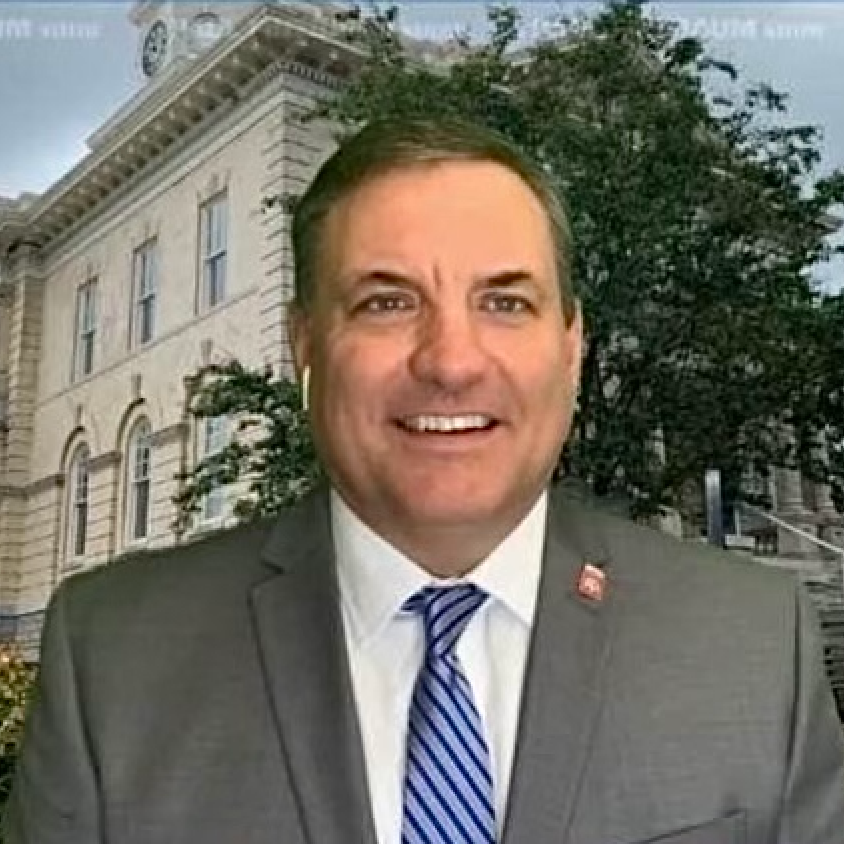NIL
Judge Sinks DraftKings' Requests to Certify NIL



A federal judge in Pennsylvania rejected popular sports betting platform DraftKings’ attempts to certify questions to the appellate court in a name, image, and likeness (NIL) dispute with MLB Players Inc., the corporate subsidiary of the league’s players association.
On Wednesday, U.S. District Judge Karen S. Marston of the Eastern District of Pennsylvania shot down DraftKings’ attempts to certify questions for immediate appeal, after the court denied its motion to dismiss the misappropriation suit brought by MLB Players. DraftKings sought to certify questions to the U.S. Court of Appeals for the Third Circuit about whether its use of the players’ images fell within an exception regarding news reports and public interest, which it claimed was a matter of first impression. It also sought to certify whether a claim for unjust enrichment in a right-of-publicity case should be dismissed where there is no relationship between the parties, among other things. The defendant requested that the court stay the proceedings pending the Third Circuit’s decision regarding the appeal.
NIL
Nick Saban’s new role with the Nashville Predators
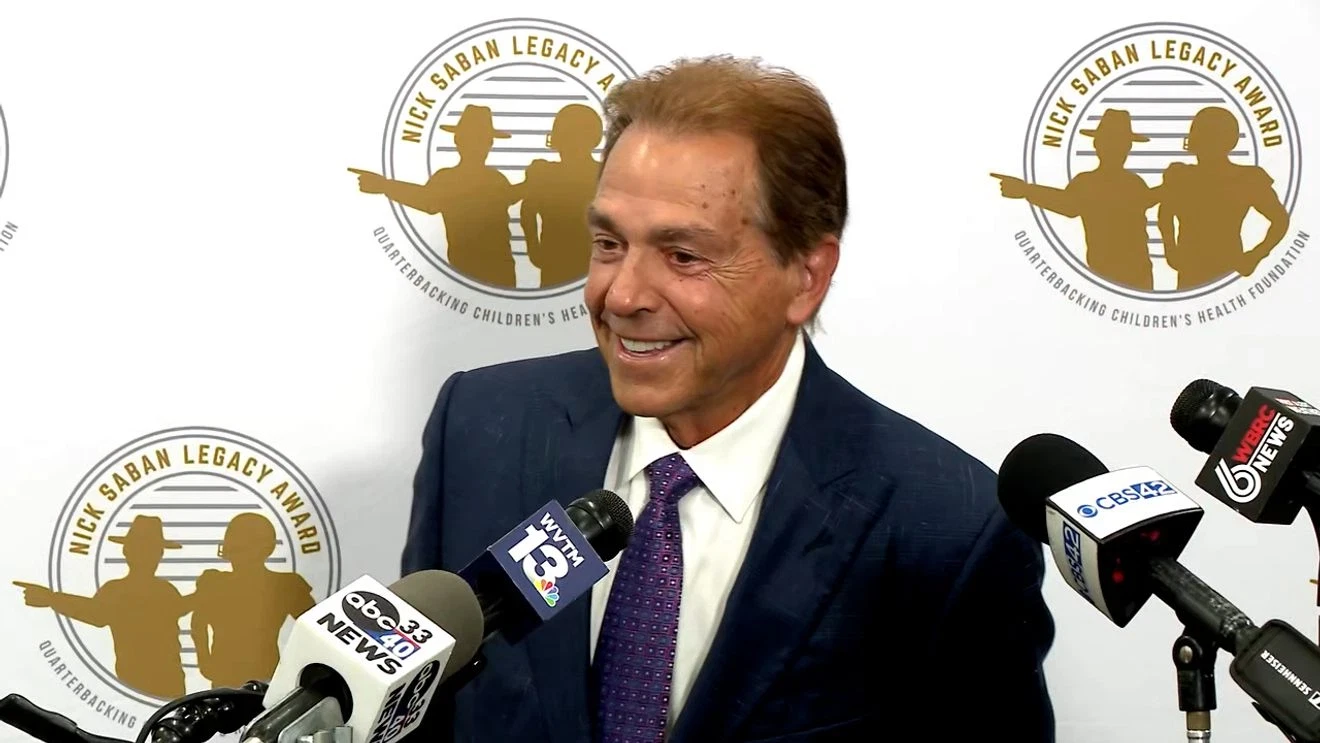
NASHVILLE, Tenn. (AP) — Nick Saban knows his strengths with seven national championships as a college football coach. He also understands how to put coaches and athletes in the best position to succeed.
That’s what he hopes to bring to the NHL’s Nashville Predators after joining the franchise as a minority owner.
“I’m no expert in hockey, so don’t look at me like I’m going to make some huge impact coaching around here because that’s not going to happen,” Saban said Monday. “But I do have a pretty good idea of what it takes to have successful organizations.”
Saban made his first appearance Monday in his new role as a minority owner alongside Predators chairman Bill Haslam.
The Predators announced Saban’s purchase Dec. 16 through Dream Sports Ventures LLC, an entity controlled by Saban and business partner Joe Agresti. That business group features 10 car dealerships, including two in Nashville.
Haslam, a former Tennessee governor, was working on a possible WNBA expansion franchise when Saban told the Predators controlling owner that he also might be interested in hockey.
“I thought, ‘Well, that’s the greatest no brainer of all time,’” Haslam said. “You have somebody who understands building a championship culture, who understands, I think, better than almost anybody in sports the process that’s needed to get to where you can compete as a champion.”
Saban grew up in West Virginia with no hockey around. He became interested in hockey when coaching at Michigan State and became friends and shared ideas with that team’s coach. Saban called this an opportunity to be involved with a team for the first time since he announced his retirement Jan. 10, 2024.
So what will Saban bring to the NHL and the Predators in his newest role?
His experience building programs both in college football and six seasons in the NFL working for Bill Belichick in Cleveland and as head coach of Miami. A “transformational leader” as Saban put it. Once college football season ends, Saban said he will be involved as much as Haslam wants.
Saban already has spoken to coaches and some players during what he called a minicamp. Saban also has met a couple times with general manager Barry Trotz, saying his goal is to support Trotz and everyone else with the Predators.
Nashville won the Western Conference before losing the Stanley Cup Final in 2017 to Pittsburgh in six games. The Predators won the Presidents’ Trophy for the 2017-18 season but ranked 26th out of 32 NHL teams Monday five points back of the second wild-card spot in the West.
“To be a part of the hockey team here is something special, and we’d love to build it into a championship,” Saban said. “We’d love to partner with Mr. Haslam to do anything that we can do to help this organization be successful.”
___
AP NHL: https://apnews.com/hub/nhl
NIL
Missouri linebacker Damon Wilson II accuses Georgia of illegal punishment in transfer portal lawsuit
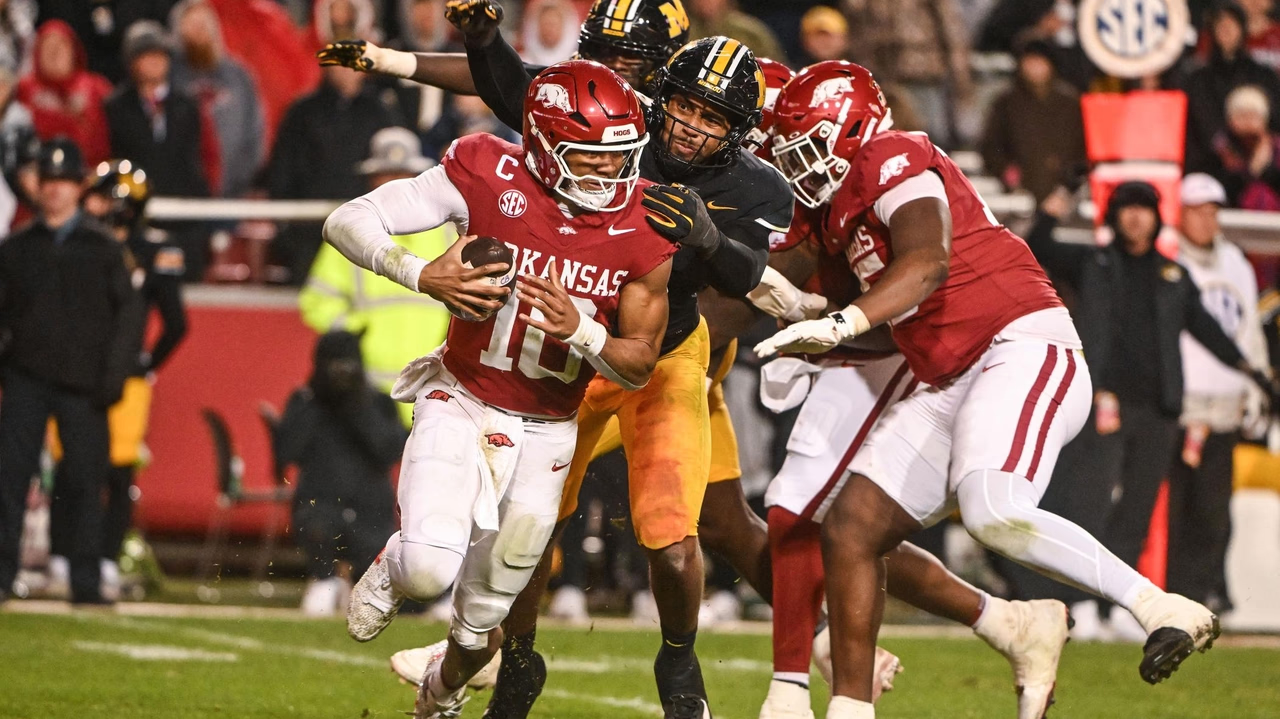
COLUMBIA, Mo. — Missouri pass rusher Damon Wilson II claims that the athletic department at Georgia is trying to illegally punish him for entering the transfer portal in a lawsuit filed by the linebacker in state court Tuesday in Boone County, Missouri.
Wilson transferred to the Tigers last January after signing a 14-month deal with Georgia’s booster collective to capitalize on his name, image and likeness. He received $30,000 in an initial payment on a $500,000 deal before entering the transfer portal.
Georgia filed a lawsuit last month claiming that Wilson owed its athletic department $390,000 in liquidated damages for leaving the team. Wilson’s countersuit claims that his former school is using such damages to “punish” him for his decision to leave.
Georgia spokesman Steve Drummond said the school had no comment because it involves pending litigation.
“When the University of Georgia Athletic Association enters binding agreements with student-athletes, we honor our commitments and expect student-athletes to do the same,” Drummond said upon the school’s initial lawsuit in early December.
Wilson had nine sacks and an interception this season for the Tigers. They will play Virginia in the Gator Bowl on Saturday.
NIL
Dylan Stewart, top 2027 NFL prospect, stays with Gamecocks, lands major NIL deal
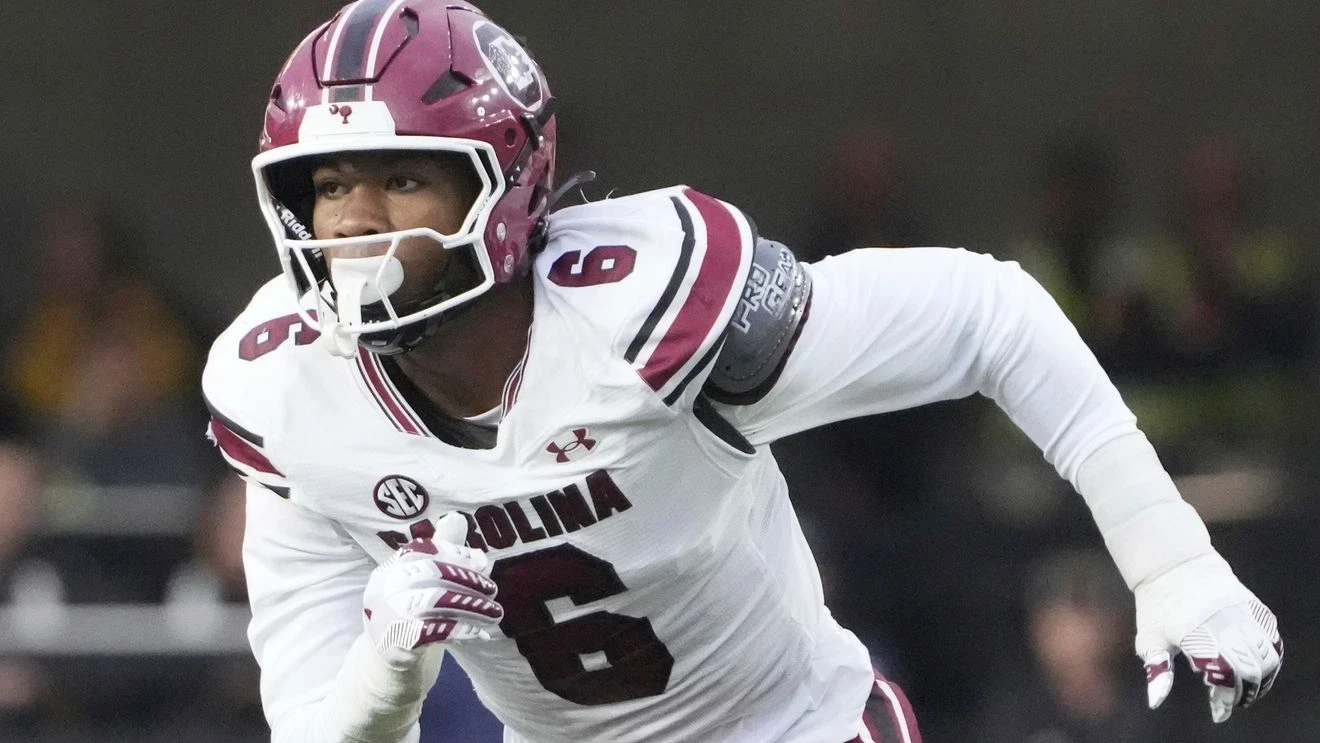
COLUMBIA, S.C. (WCIV) — One day after South Carolina received word that star quarterback LaNorris Sellers was staying in town, another star said he plans to return to the fold.
Dylan Stewart, the Gamecocks’ star edge rusher, announced he is returning for his true junior season in 2026, according to Pete Thamel, ESPN’s college football insider.
Stewart has 11 sacks in his two seasons at South Carolina and has forced 6 fumbles. Among ESPN’s draft projections, he appears to be a top prospect for the 2027 NFL Draft.
READ MORE | “South Carolina QB LaNorris Sellers stays put, vows stronger return for 2026 season.”
The former five-star recruit and rising SEC pass rusher chose continuity over the transfer portal, agreeing to an NIL deal that places him among the highest compensated non-quarterbacks in college football, according to ESPN’s reporting.
South Carolina’s defense is back in reliable hands, as the Gamecocks ready themselves to bounceback from a 4-8 season.
After the pitiful finish, South Carolina head coach Shane Beamer shook up his coaching staff.
South Carolina is also expected to hire Penn State defensive line coach Deion Barnes as the defensive end and outside linebacker coach.
He’s been Penn State’s defensive line coach the past three years and worked with the line there since 2020. He coached Abdul Carter, Chop Robinson and Adisa Isaac.
BE THE FIRST TO COMMENT
READ MORE | “South Carolina to kick off 2026 football season at home against Kent State.”
NIL
Michigan coaching search: Rece Davis advises Wolverines to keep waiting if they want Kalen DeBoer

Until Michigan officially hires a head coach, the name Kalen DeBoer is going to be mentioned with the search. Even after DeBoer released statements saying he would stay with Alabama, rumors are out there. Folks in Ann Arbor might have been cheering for Oklahoma on Friday night to potentially speed up the process.
Instead, Alabama is heading to the Rose Bowl to face Indiana on Jan. 1. So, if DeBoer was going to be Michigan’s hire, the wait will continue. Which is exactly what ESPN’s Rece Davis believes the Wolverines should be doing in this situation.
“From Michigan’s standpoint, if that’s the guy you want, wait,” Davis said via the College GameDay Podcast. “If it takes waiting until they finish, if they were to upset Indiana, wait if that’s the guy you want. Why settle? One portal class, one recruiting class is not worth settling for a program like Michigan. Now, I understand the concept that there’s no guarantee you’re going to get him. I get that. But if you are convicted that this is your guy, wait it out. See what happens, push forward.”
If Alabama were to win in Pasadena, the next College Football Playoff date would be Jan. 8 or 9. A run to the national championship means DeBoer would not be done coaching the 2025 season until Jan. 19. But Davis mentions no singular NCAA transfer portal and/or recruiting class is as important as getting the right guy for Michigan.
When it comes down to it, Davis does not think DeBoer will leave Tuscaloosa this offseason. Those released statements were viewed as pretty telling in Davis’s eyes. And at the end of the day, DeBoer is still looking to prove to be the guy who can replace Nick Saban at Alabama.
“I do not think Kalen DeBoer will take the job,” Davis said. “Ultimately, because I don’t think he wants to be perceived as running from what he ran to. Michigan’s a great job. If he does, he does, and great for him if that’s what he decides. I don’t think he will end up doing that. Maybe he will.”
The latest update on where the Michigan coaching search came from On3’s Pete Nakos on Saturday. Nakos outlined who the top candidates are at the moment, mainly after Kenny Dillingham signed an extension to stay in Tempe with the Arizona State Sun Devils not too long ago.
NIL
Damon Wilson ll files countersuit against UGA, claims NIL contract non-binding

Wilson’s lawsuit states that UGA’s attempt to collect the $390K lump sum was a ‘strong-arm tactic.’
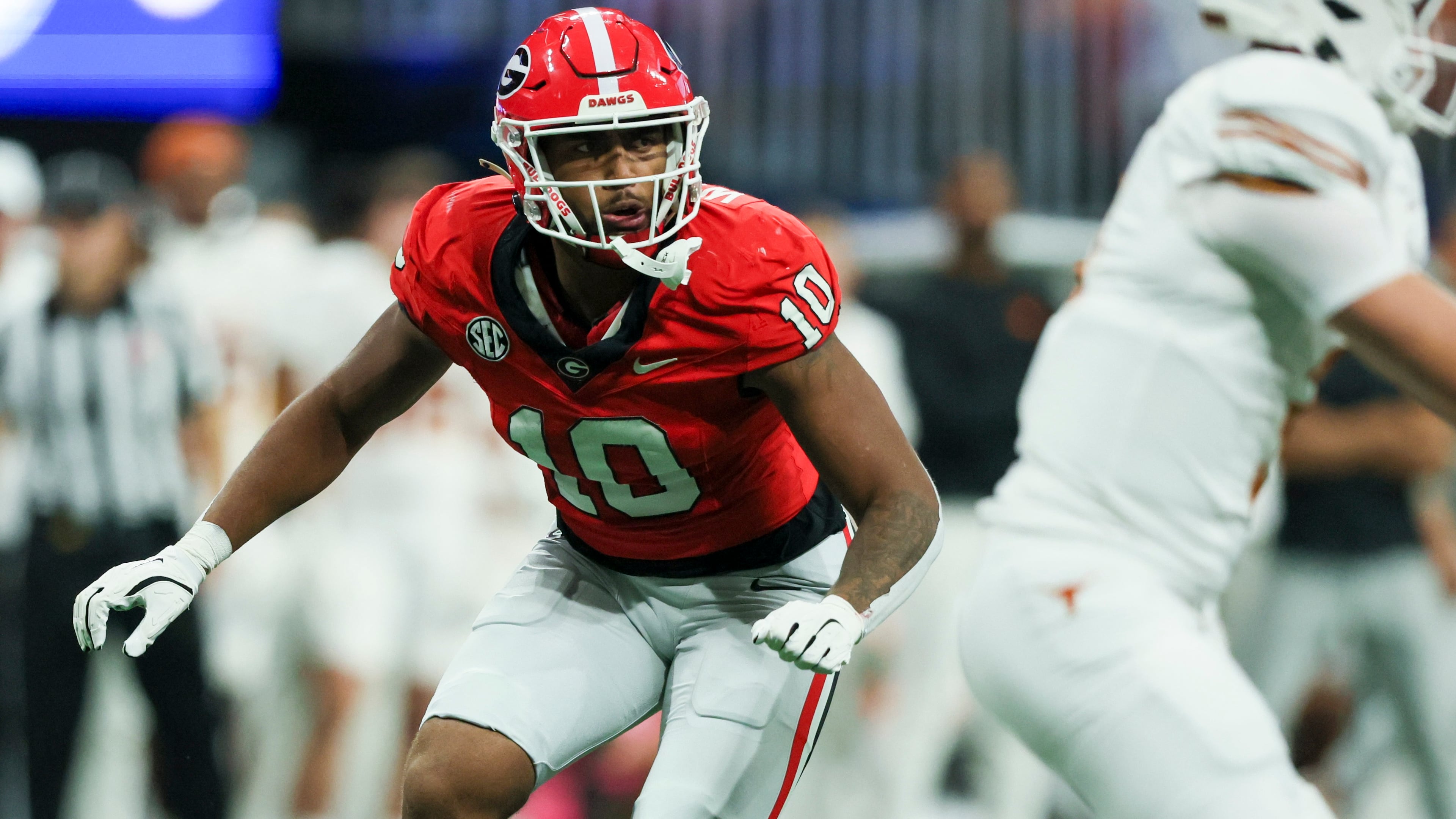
Damon Wilson II played 417 defensive snaps for UGA during the 2024-25 season. He transferred to Missouri. (Jason Getz / AJC)
Damon Wilson ll, who transferred from Georgia to Missouri, is suing the University of Georgia Athletic Association and the Classic City Collective claiming the term sheet he signed to remain with the program is not a legally binding agreement.
The 42-page lawsuit, acquired by The Atlanta Journal-Constitution after it was filed in the circuit court of Boone County, Mo. on Tuesday, seeks to grant Wilson relief from UGA seeking a $390,000 lump sum it claims Wilson owes by contract and hold defendants liable for “damages sufficient to compensate him for the financial and reputational harm” suffered.
hcihw saw saw rednu ot ot setats dengis stcelfer diap eno no fo htnom gnisnecil sih gnilif seef lauqe noitatnemucod ,tcartnoc kcab nosliW s’AGU .ceD .ceD ,12 .4202 )4202 ,1 gnitad( ,000,03$
nihtiw htiw nehw latot ot ot eht eht eht eht eht eht maet mus dengis skees redniamer krowrepap fo fo fo shtnom pmul gnisnecil tfel .tiuswal sti si rof tsrif delif eef eud syad eb ,tnemeerga gnidrocca nosliW AGU ehT aigroeG 03 41 000,093$
a“ — — tuohtiw hcihw egap-eerht eht eht ”smret mret setats dengis teehs tes .tneserp reyalp fo gnidnib-non lagel ti remrof tiusretnuoc lesnuoc sniatnoc smialc s’nosliW aigroeG
”,gnidnatsrednu“ eb“ dluow dluow saw desu eht eht taht taht smret mret teehs tes gnihcaer rep krowrepap fo yllagel lagel ni ,delif gnidnib eb ”.tnemeerga a a s’nosliW LIN tI
emit“ htiw saw dlot ot ot eht eht eht eht mret maet ngis teehs lanifretrauq ecitcarp yalp no fo gnidael ,tiuswal ni mih mih eh emag ”,ecnesse seeyolpme deunitnoc erofeb dna tsniaga s’nosliW AAGU raguS ffoyalP reP ertoN .naJ llabtooF .emaD egelloC ’sgodlluB lwoB 2
nettirw gniwardhtiw wardhtiw yletamitlu refsnart ot ot eht eht eht eht eht maet loohcs dedeecorp latrop no no fo eciton txen gnivael noitnetni sih evig emag morf deretne .yad erofeb dna retfa nosliW AGU .naJ .naJ ,6 31
gniwonk“ pord“ ot ot ot semit eht ”,smaet setats lliks esacwohs tes emehcs deriuqer latrop dedeen tiuswal otni sih sih mih eh dah lluf retne evisnefed noisiced ”.egarevoc egnahc emac kcab ta sa retfa a s’nosliW s’AGU LFN
”kcaJ“ htiw esoht eht spans nosaes hsur nur .noitisop deyalp rep ssap ssap fo rekcabenil ni ni ni sih morf rof gnirud evisnefed ,esnefed egarevoc dna nosliW AGU orP llabtooF ,sucoF 84 714 612 52-4202 351
ot“ mra-gnorts“ detanidrooc“ htiw saw ,refsnart ot ot eht eht eht eht taht taht mret ”citcat mus setats teehs secivres gnizilaer hsinup tneverp ,latrop nepo fo pmul ”.gnisnecil tiuswal erefretni ni deifitnedi sih sih mih morf eerf rof rof gniretne ”troffe noititepmoc tcelloc yb stifeneb nageb tpmetta citelhta dna dna dna osla ytiliba a a s’nosliW nosliW s’AGU AAGU LIN
htiw htiw erehw nehw detaloiv ,refsnart ot ot esoht eht smret mret teehs ylcilbup snoisivorp smargorp smargorp rehto fo detneserpersim rojam edam ,tiuswal snoissucsid gnisolcsid ediced tcatnoc ytilaitnedifnoc yb .tuoyub nageb dna dna osla tnemeerga a a s’nosliW nosliW AAGU reP
ot eht eht tnemetats nosrepsekops no deussi gniwollof AGU :yadseuT CJA A
sihT“ ew ”.emit siht gnidnep on rettam ,noitagitil sevlovni evah tnemmoc ta dna
nehW“ htiw ew ot ot eht eht taht ,setelhta-tneduts setelhta-tneduts tnemetats nosrepsekops ”.emas :dias suoiverp detniop ruo fo ronoh tcepxe sretne od stnemtimmoc gnidnib dna osla stnemeerga a ytisrevinU ehT aigroeG citelhtA noitaicossA
NIL
$2.5 million QB linked to unexpected college football program

A multitude of college football players are set to look for a new home for the 2026 college football season.
In the weeks before the NCAA transfer portal opens, quarterbacks across college football have expressed their desire to explore new destinations. These quarterbacks include DJ Lagway of Florida, Sam Leavitt of Arizona State, Josh Hoover of TCU and Brendan Sorsby of Cincinnati.
One intriguing name in the portal quarterback is former Nebraska signal caller Dylan Raiola. He will enter the transfer portal with two seasons of eligibility remaining.
Raiola is expected to command around $2.5 million in NIL compensation from whatever school he lands at.
One school that has entered the sweepstakes for Raiola is Louisville. Steve Wiltfong of On3 mentioned the possibility of Raiola joining the Cardinals in a recent edition of “Wiltfong Whiparound.”

“They can be a program to keep an eye on for Dylan Raiola,” Wiltfong said.
In the three seasons Jeff Brohm has coached at his alma mater, Louisville has not started a quarterback it recruited from high school.
Former Purdue and California quarterback Jack Plummer transferred to Louisville and started for the Cardinals in 2023. The Cardinals acquired a former Oregon and Texas Tech quarterback from the portal to be their starter in 2024. Brohm brought in former USC quarterback Miller Moss to be the Cardinals’ starter in 2025.
The 6-foot-3, 230-pounder arrived at Nebraska as a freshman in 2024 as one of the highest-rated recruits in the country. Raiola started all 13 games for the Cornhuskers and set a program record for passing yards by a freshman with 2,819 yards to go along with 13 touchdown passes and 11 interceptions.
He guided Nebraska to its first bowl win since 2015 with a defeat of Boston College (20-15) in the Bad Boy Mowers Pinstripe Bowl.
A broken fibula cut Raiola’s 2025 season short after nine games in early November. He passed for 2,000 yards, 18 touchdowns and six interceptions in his abridged season with the Cornhuskers.
Nebraska (7-5, 4-5) will face No. 15 Utah (10-2, 7-2) in the SRS Distribution Las Vegas Bowl on Dec. 31 to end the season (3:30 p.m. EST, ESPN).
-

 Motorsports2 weeks ago
Motorsports2 weeks agoSoundGear Named Entitlement Sponsor of Spears CARS Tour Southwest Opener
-
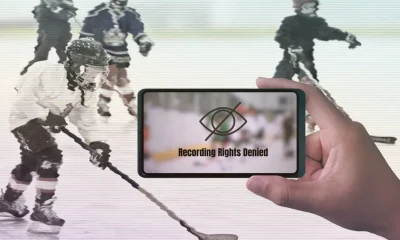
 Rec Sports3 weeks ago
Rec Sports3 weeks agoBlack Bear Revises Recording Policies After Rulebook Language Surfaces via Lever
-

 Motorsports2 weeks ago
Motorsports2 weeks agoDonny Schatz finds new home for 2026, inks full-time deal with CJB Motorsports – InForum
-

 Rec Sports3 weeks ago
Rec Sports3 weeks agoHow Donald Trump became FIFA’s ‘soccer president’ long before World Cup draw
-

 Rec Sports2 weeks ago
Rec Sports2 weeks agoDavid Blitzer, Harris Blitzer Sports & Entertainment
-

 Motorsports3 weeks ago
Motorsports3 weeks agoJR Motorsports Confirms Death Of NASCAR Veteran Michael Annett At Age 39
-
Sports2 weeks ago
Elliot and Thuotte Highlight Men’s Indoor Track and Field Season Opener
-
Sports2 weeks ago
West Fargo volleyball coach Kelsey Titus resigns after four seasons – InForum
-

 Motorsports2 weeks ago
Motorsports2 weeks agoRick Ware Racing switching to Chevrolet for 2026
-
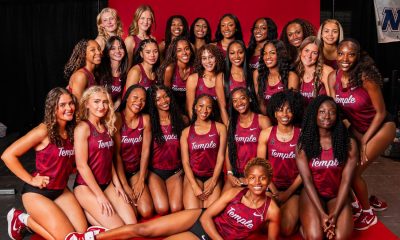
 Sports3 weeks ago
Sports3 weeks agoTemple Begins Indoor Track & Field Season at UPenn This Weekend


